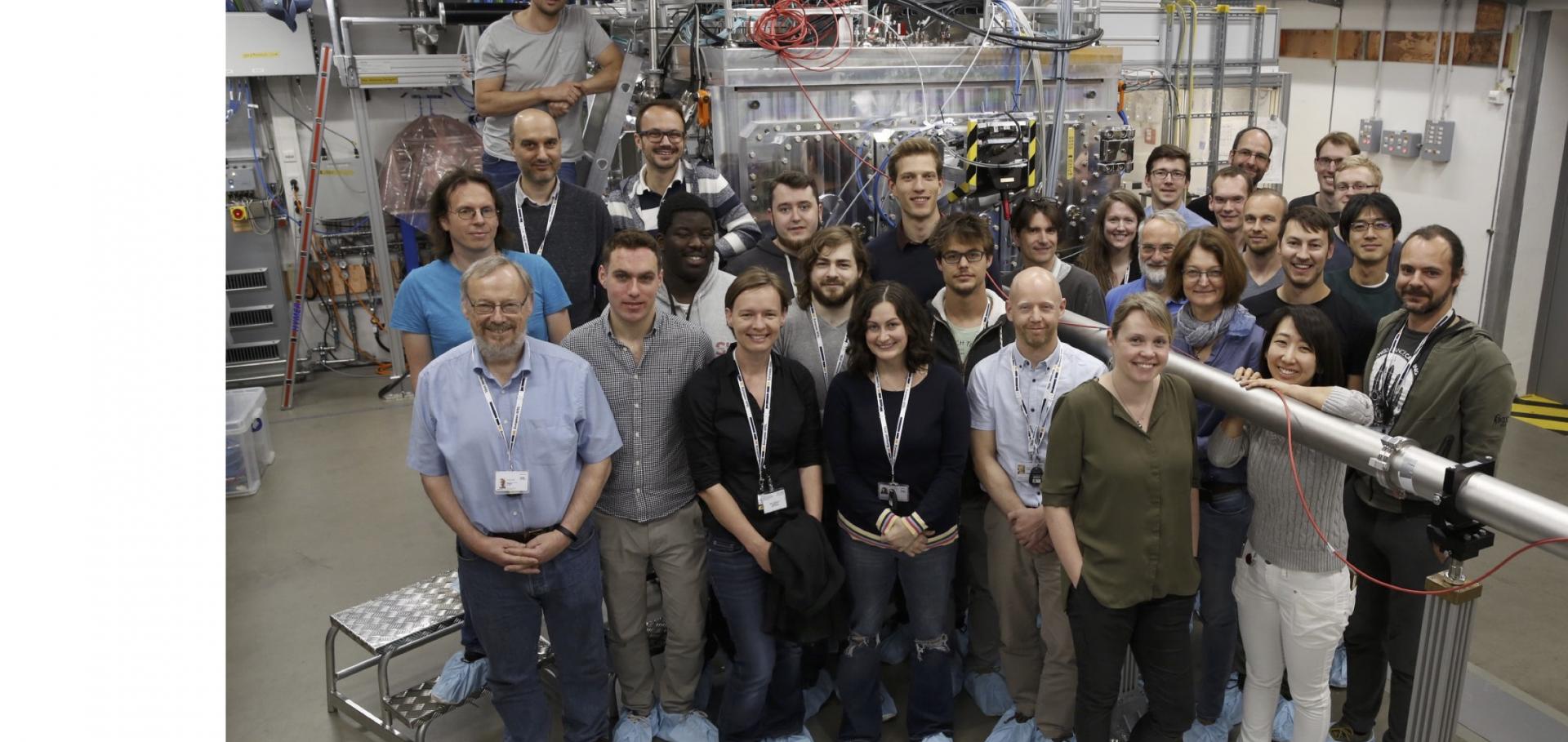Investigation of disordering and reordering of laser-irradiated InSb by Time-resolved X-ray diffraction
Institute of Electrical and Electronics Engineers (IEEE) (2002) 168-168
Laser Driven High Pressure, High Strain‐Rate Materials Experiments
AIP Conference Proceedings AIP Publishing 620:1 (2002) 615-618
Plastic Deformation in Laser‐Induced Shock Compression of Monocrystalline Copper
AIP Conference Proceedings AIP Publishing 620:1 (2002) 619-622
Picosecond X-Ray Diffraction Studies of Shocked Crystals
Institute of Electrical and Electronics Engineers (IEEE) (2002) 299-300
Picosecond X-Ray Diffraction Studies of Shocked Crystals
Institute of Electrical and Electronics Engineers (IEEE) (2002) 115


